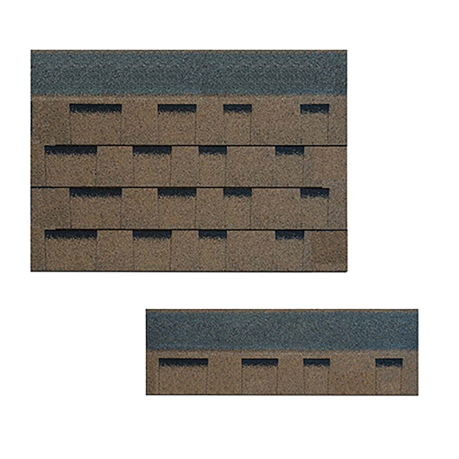
Ogo . 31, 2024 02:12 Back to list
excessive granule loss on shingles
Excessive Granule Loss on Shingles Causes and Implications
Shingles, commonly made of asphalt and mineral granules, are widely used for roofing due to their durability and cost-effectiveness. However, homeowners occasionally encounter a problem known as excessive granule loss, which can compromise the integrity and lifespan of their roofs. Understanding the causes and implications of this issue is essential for homeowners looking to maintain their properties.
Excessive Granule Loss on Shingles Causes and Implications
One common cause of excessive granule loss is age. Roofing shingles typically have a lifespan of 20 to 30 years. As shingles age, they naturally become more brittle and loose due to environmental factors. Prolonged exposure to sunlight, temperature extremes, and weather conditions like hail can deteriorate the granules, leading to loss over time. It's crucial for homeowners to be aware of their roof's age and to schedule regular inspections to assess its condition.
excessive granule loss on shingles

Another factor contributing to granule loss is improper installation. If shingles are not installed correctly, they may not adhere properly to the roof deck, leading to premature wear and tear. Additionally, low-quality shingles may not be manufactured to withstand environmental stresses, resulting in increased granule loss. Therefore, choosing reputable roofing contractors and high-quality materials is essential for ensuring the longevity of a roof.
Environmental influences also play a significant role in granule loss. Areas with heavy rainfall, strong winds, or high levels of UV exposure can experience quicker degradation of shingles. For instance, roofs in regions with frequent hailstorms may suffer substantial granule loss due to the impact of hailstones. Maintaining the roof's condition through regular cleaning and inspections can mitigate some of these effects.
The implications of excessive granule loss are far-reaching. When granules are lost, the shingles become more susceptible to UV radiation, which can hasten the deterioration of the asphalt layer beneath. This degradation not only reduces the roof's lifespan but can also lead to leaks, increased energy costs, and potential structural damage to the home. Homeowners should address this issue promptly, whether through repairs, replacements, or consultations with roofing professionals.
In conclusion, excessive granule loss on shingles can result from aging, poor installation, and environmental factors. Understanding these causes is crucial for homeowners to take proactive measures to maintain their roofs. Regular inspections and appropriate preventive actions can preserve the roof's integrity, ultimately safeguarding the home beneath it.
-
Moonlight White HIREFLE Granules with GPT-4 Turbo
NewsAug.02,2025
-
Premium Round Asphalt Shingles: Durable & Elegant Roofing
NewsAug.01,2025
-
Eco-Friendly Clay Tiles | AI-Enhanced Durability
NewsJul.31,2025
-
Durable Shingle Granules for Premium Roofs
NewsJul.31,2025
-
Stone Coated Metal Roof Tile-Roman Tile for Durable Roofing Solutions
NewsJul.30,2025
-
Stone Coated Metal Roof Tile-Wood Grain Tile for Durable Roofing
NewsJul.30,2025







